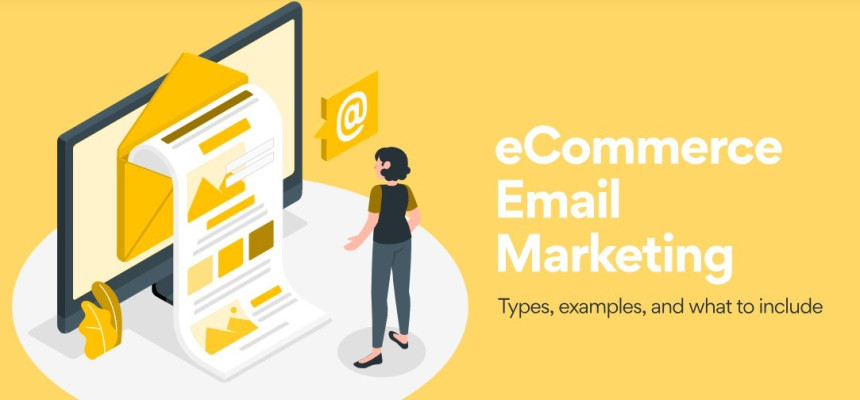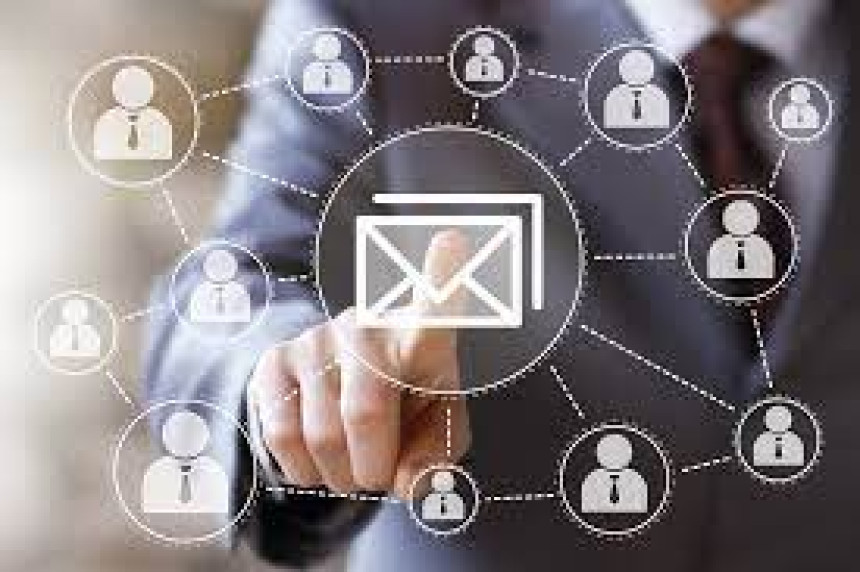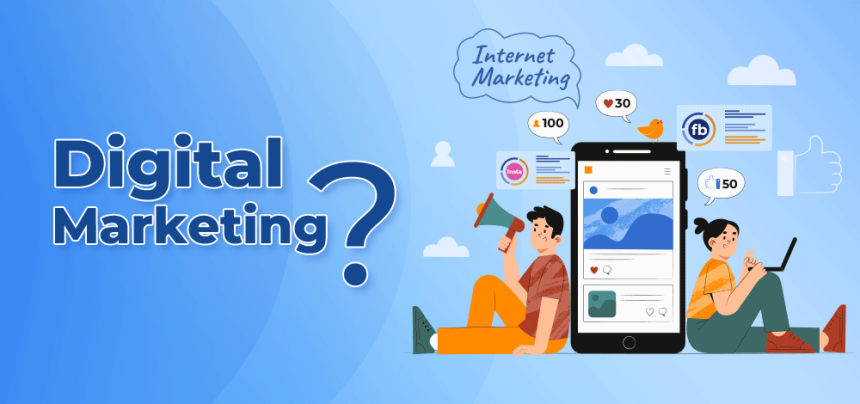
Email Marketing Mastery: Tips for Effective Campaigns
Email marketing remains a powerful tool for building relationships with your audience and driving conversions. To master email marketing, consider the following tips for creating effective campaigns:

1. Build a Quality Email List:
- Permission-based Opt-ins: Ensure you have explicit permission to email your subscribers.
- Segmentation: Divide your email list into segments based on demographics, behavior, or preferences for targeted messaging.
2. Craft Compelling Subject Lines:
- Create subject lines that are attention-grabbing, clear, and relevant.
- Experiment with personalization and A/B test different approaches to find what resonates best with your audience.
3. Personalization:
- Address subscribers by their name and tailor content based on their preferences.
- Use dynamic content to show different content blocks based on user data.
4. Mobile Optimization:
- Ensure your emails are mobile-friendly, as a significant portion of users opens emails on mobile devices.
- Use a responsive design to adapt to different screen sizes.
5. Clear and Compelling Content:
- Keep your content concise, focused, and easy to read.
- Use compelling visuals and include a clear call-to-action (CTA).
6. Timing and Frequency:
- Consider the timing of your emails. Test different days and times to find when your audience is most responsive.
- Be mindful of the frequency to avoid overwhelming subscribers.
7. Segmented and Targeted Campaigns:
- Send targeted campaigns to specific segments of your audience based on their interests or behavior.
- Tailor content to address the unique needs of each segment.
8. Use Automation:
- Implement automation for welcome emails, nurture sequences, and abandoned cart emails.
- Set up triggers based on user behavior to send timely and relevant messages.
9. Engagement Tracking:
- Monitor email engagement metrics like open rates, click-through rates, and conversion rates.
- Use this data to refine your future campaigns.
10. A/B Testing:
- Experiment with A/B testing on various elements, including subject lines, email copy, images, and CTAs.
- Use the insights gained to optimize your campaigns.
11. Responsive Design:
- Ensure your emails look good and function well across different devices and email clients.
- Test emails before sending to catch any formatting issues.
12. Provide Value:
- Deliver content that provides value to your subscribers.
- Share helpful information, exclusive offers, and relevant updates.
13. Interactive Elements:
- Incorporate interactive elements such as buttons, quizzes, or polls to engage subscribers.
- Interactive content can increase click-through rates.
14. Social Media Integration:
- Include social media sharing buttons to encourage subscribers to share your content.
- Leverage social proof by showcasing social media testimonials or user-generated content.
15. Optimize Landing Pages:
- Ensure a seamless transition from the email to the landing page.
- Maintain consistent branding and messaging for a cohesive user experience.
16. Legal Compliance:
- Familiarize yourself with email marketing laws such as GDPR and CAN-SPAM.
- Include an unsubscribe option and honor opt-out requests promptly.
17. Personal Email Address:
- Use a recognizable and personal email address as the sender.
- Avoid using a generic or no-reply address to encourage two-way communication.
18. Email Analytics Integration:
- Integrate your email marketing platform with analytics tools like Google Analytics.
- Track user behavior beyond the email click for a comprehensive view of user journeys.
19. Feedback and Surveys:
- Encourage feedback from subscribers to understand their preferences.
- Use surveys to gather insights and improve your email strategy.
20. Continuous Optimization:
- Regularly review and optimize your email campaigns based on performance data.
- Stay informed about industry trends and evolving email marketing best practices.





